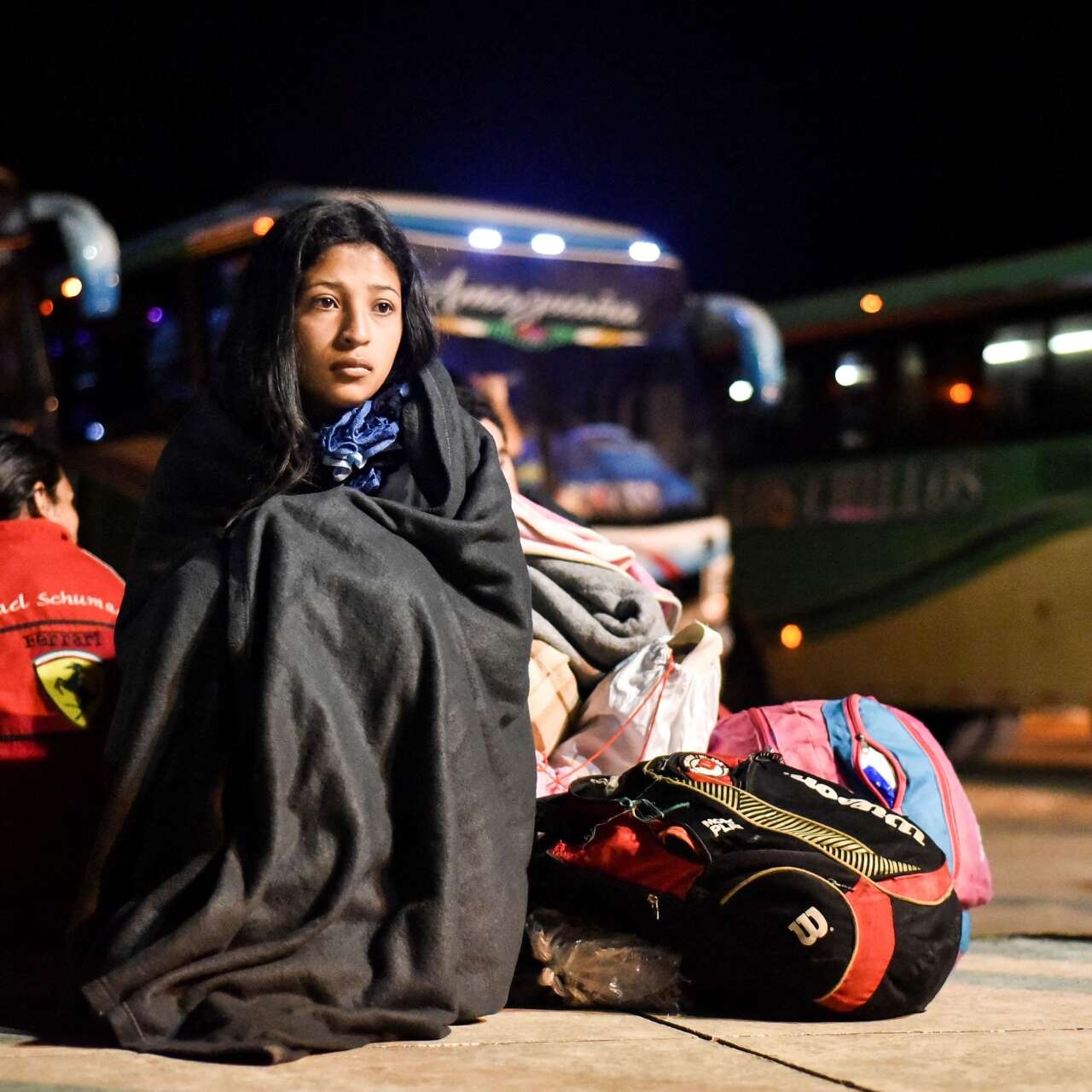
Crisis in Ecuador: What you need to know and how to help
Here are four reasons why the International Rescue Committee’s Emergency Watchlist ranks Ecuador as one of the countries most at risk of experiencing a worsening humanitarian crisis in 2024.

Here are four reasons why the International Rescue Committee’s Emergency Watchlist ranks Ecuador as one of the countries most at risk of experiencing a worsening humanitarian crisis in 2024.
Ecuador enters the IRC’s Emergency Watchlist for the first time as skyrocketing levels of violence, combined with persistent economic pressures, are eroding livelihoods and driving rates of poverty and humanitarian needs in 2024.
As conflict escalates between government forces and criminal armed groups, the safety of Ecuadorians is a growing concern. A rise in insecurity and displacement is hampering the ability of rural communities, refugees and migrants to access critical services and basic necessities.
The crisis in Ecuador will contribute to historic levels of regional displacement and migration as people seek safety or struggle to earn a livelihood.
The IRC is on the ground in Ecuador, collaborating with local partners to provide critical support to vulnerable communities.
International competition for control over drug trafficking routes has escalated tensions among local gangs and is driving extreme levels of violence. Homicides surged by 245% from 2020 to 2022, with the first half of 2023 witnessing a 75% increase compared to the same period in 2022.
Ecuador is on track to have one of the world’s highest murder rates. The safety of politicians is also at risk, as seen in the tragic killing of presidential candidate Fernando Villavicencio before the August 2023 elections.
Newly elected President Daniel Noboa has proposed a hardline military response to escalating violence. However, given widespread corruption and the political influence of armed groups, improving Ecuador’s security before the next election in May 2025 will be a formidable challenge.
Military operations aimed at controlling criminal organisations pose the danger of escalating violence, causing harm to civilians and triggering displacements as individuals seek refuge from their homes in search of safety.
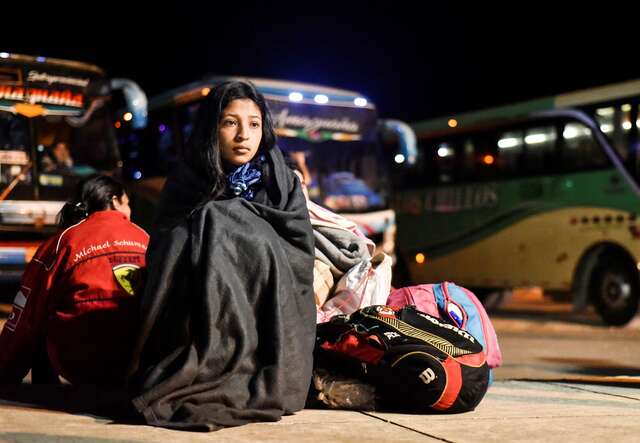
This year's El Niño is forecasted to result in increased rainfall in Ecuador, potentially causing flooding in regions where half of the country's population resides. This could destroy livelihoods, and increase the spread of disease, as illustrated by the outbreak of dengue fever following floods in northwestern Ecuador in June 2023.
Flooding in the eastern and southern regions could exacerbate the degradation of agricultural land caused by recent droughts, leading to prolonged food insecurity until 2024. With more than 20% of children under 2 already chronically malnourished, Ecuador is extremely vulnerable to strains on its food system.
Western Ecuador is particularly at risk due to El Niño. The region also hosts a large migrant community who typically have less access to services and employment rendering them more vulnerable to new shocks.
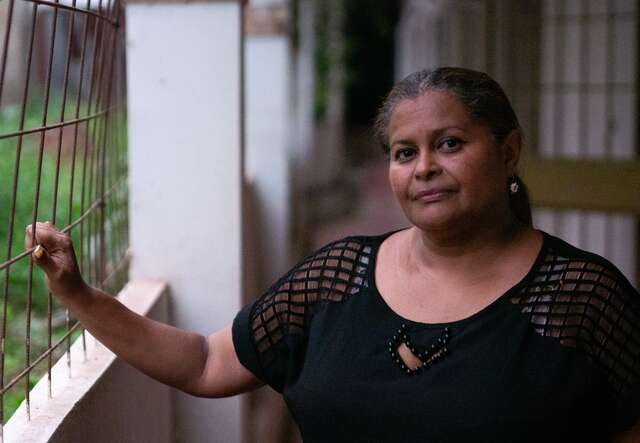
Ecuador’s economic growth is expected to slow to less than 1% in 2024. Recent shocks, including a 6.8 magnitude earthquake that struck the country in March 2023, have disrupted the country’s major exports.
Meanwhile, rates of inequality and poverty have risen significantly, with 38% of Ecuadorians - especially rural communities and minority groups - living beneath the poverty line. The situation is exacerbated by armed groups who extort civilians under the threat of violence. The escalation of violence could also deter international investments, further reducing state revenue and the ability of the government to provide key services.
In 2024, families will grapple with the challenges of escalating poverty, restricted job prospects and the looming threat of violence.
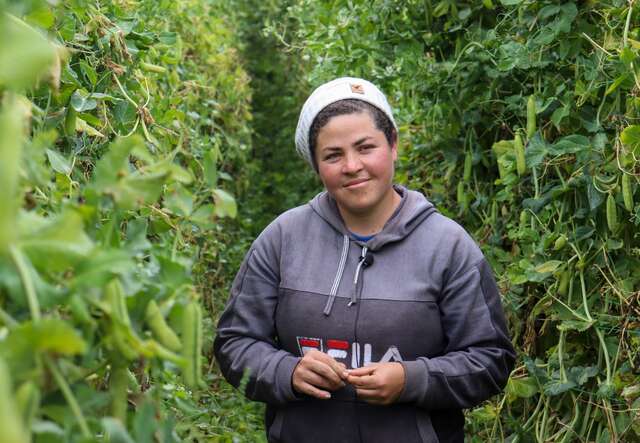
A growing number of Ecuadorians are leaving their crisis-stricken country. In 2023 there was a 75% increase in the number of Ecuadorians navigating the treacherous Darién Gap, highlighting their desperation to escape circumstances at home.
There are insufficient safe pathways for Ecuadorians to find protection. Current US border policy compels increasing numbers of people to spend long periods in Mexico, where critical services are already struggling to meet the needs of migrants, who also face violence and other protection risks.
The IRC is on the ground in Ecuador, working with our partners to provide timely and holistic services in the cities of Guayaquil, Lago Agrio, Pimampiro, Ibarra, Tulcán, Machala and Quito.
The IRC delivers cash assistance, primary healthcare, safe spaces for children, and protection services, including case management, to prevent violence against women and children. We also provide integration services and support to refugees, migrants and others seeking safety and the opportunity to rebuild their lives.
Learn more about the IRC’s work in Ecuador.
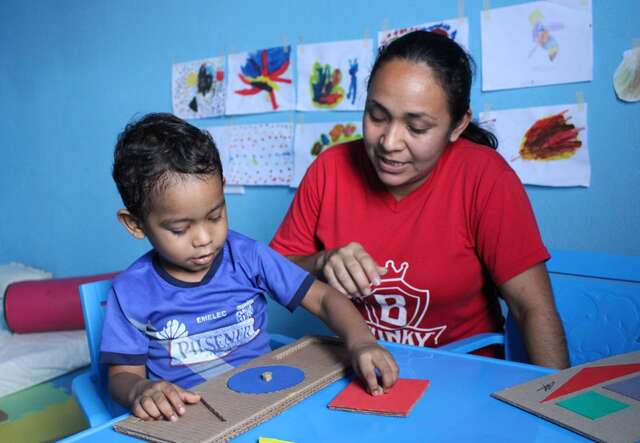
Donate now to support the IRC's life-changing work in Ecuador and worldwide. We are on the frontlines providing critical aid to crisis-affected people in more than 50 countries, including places on the 2024 Emergency Watchlist.
Read more about the top 10 crises the world can’t ignore in 2024 and learn more about the IRC's 2024 Emergency Watchlist.
*Pseudonym used for privacy